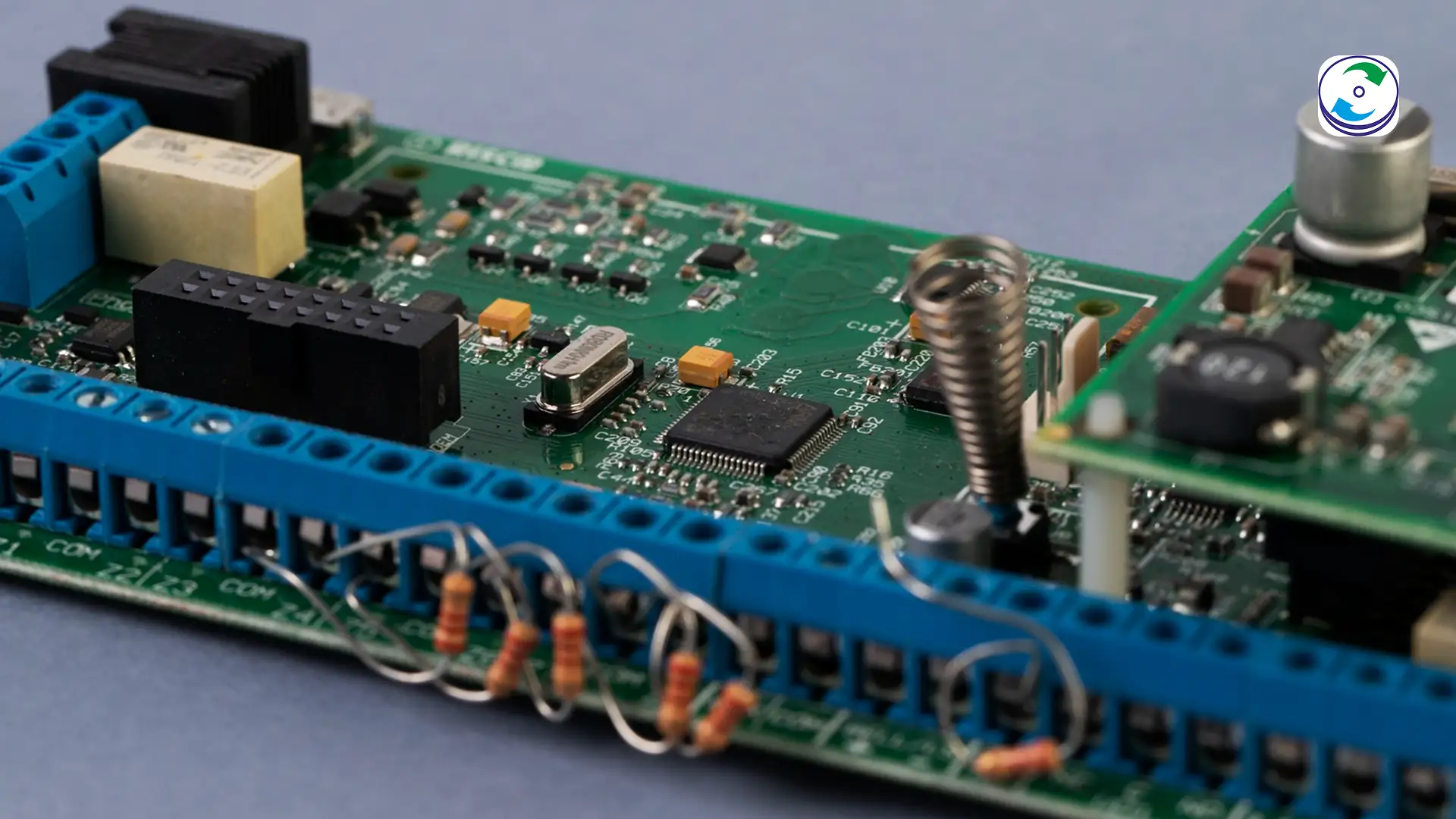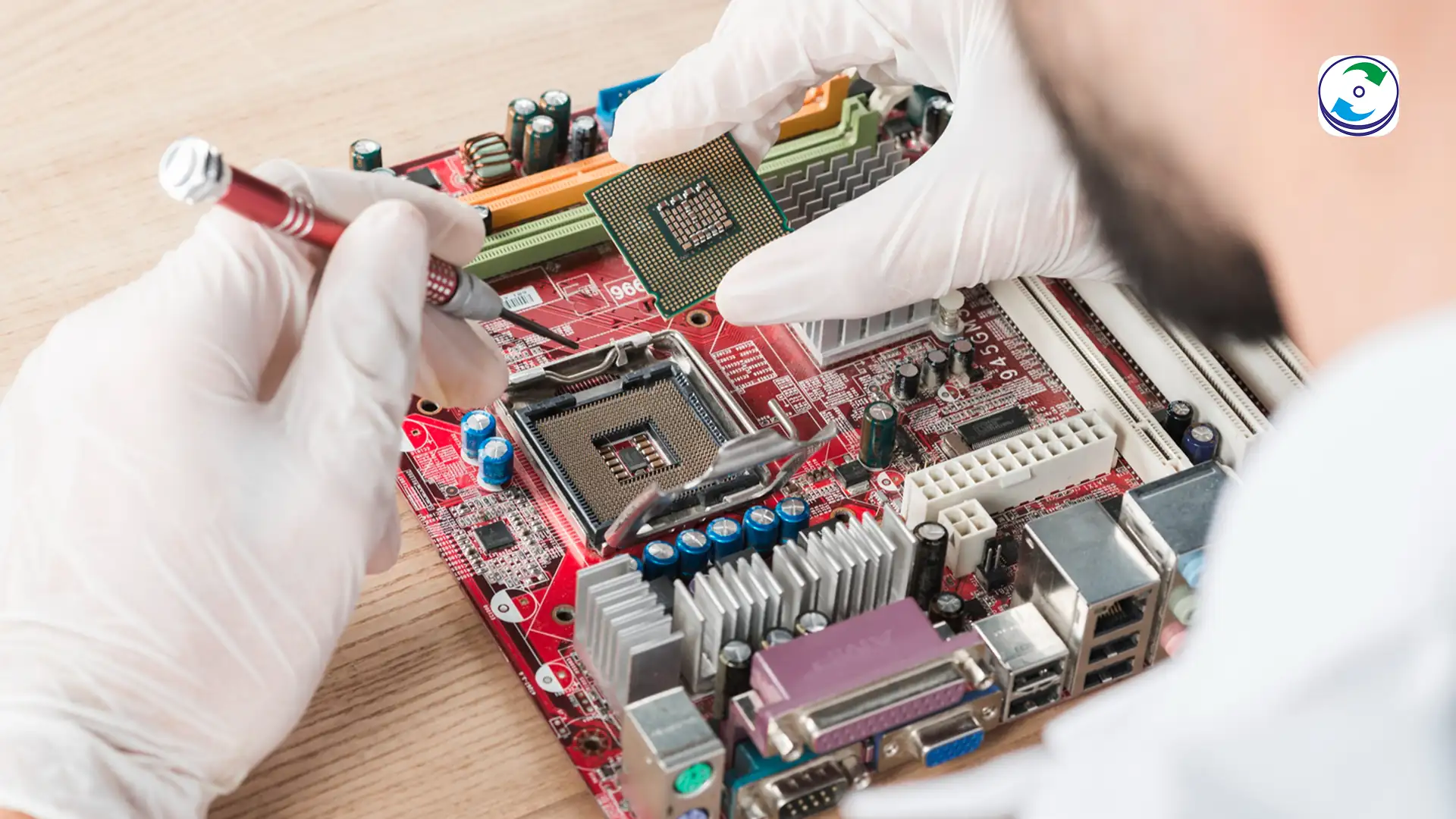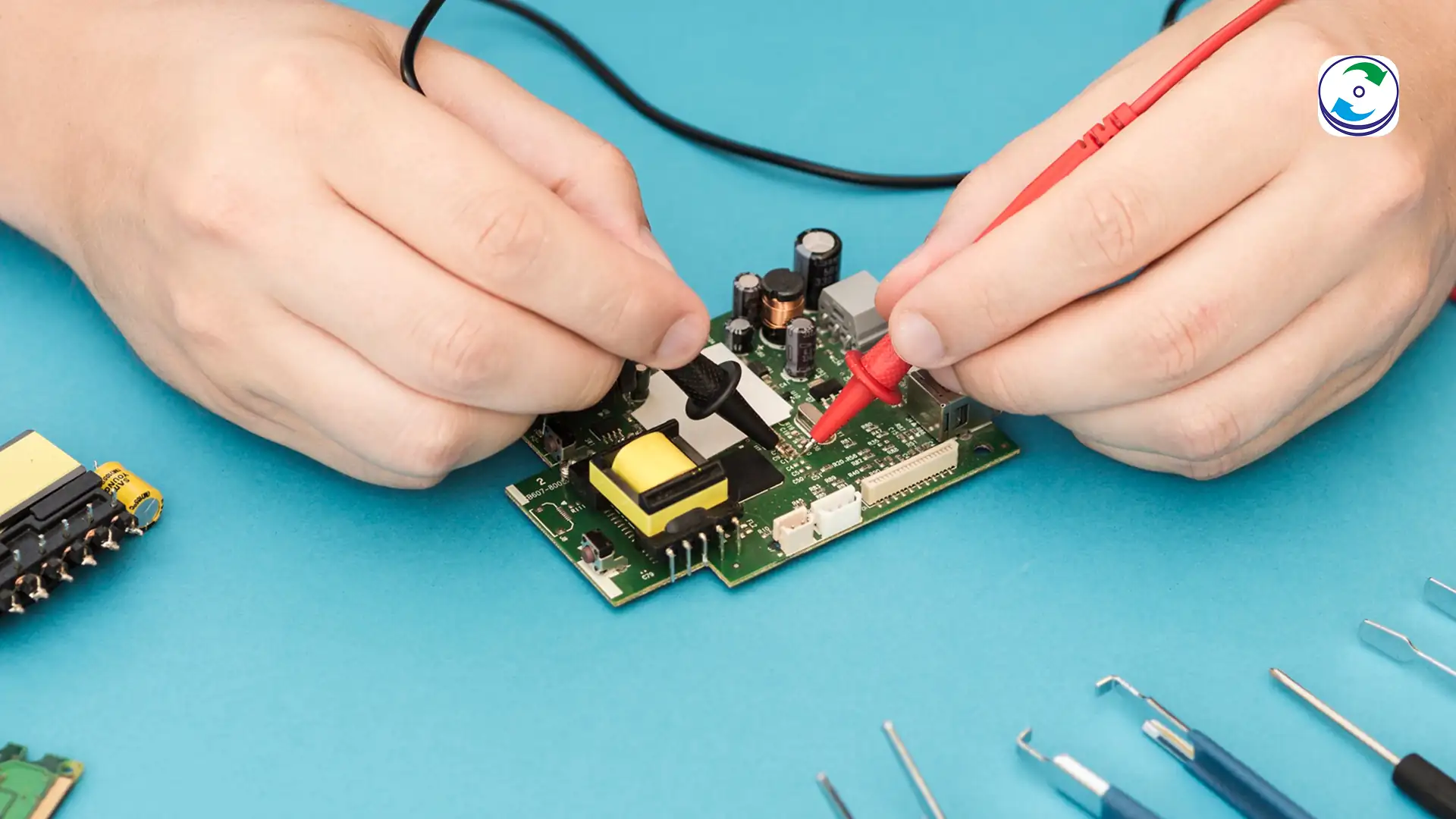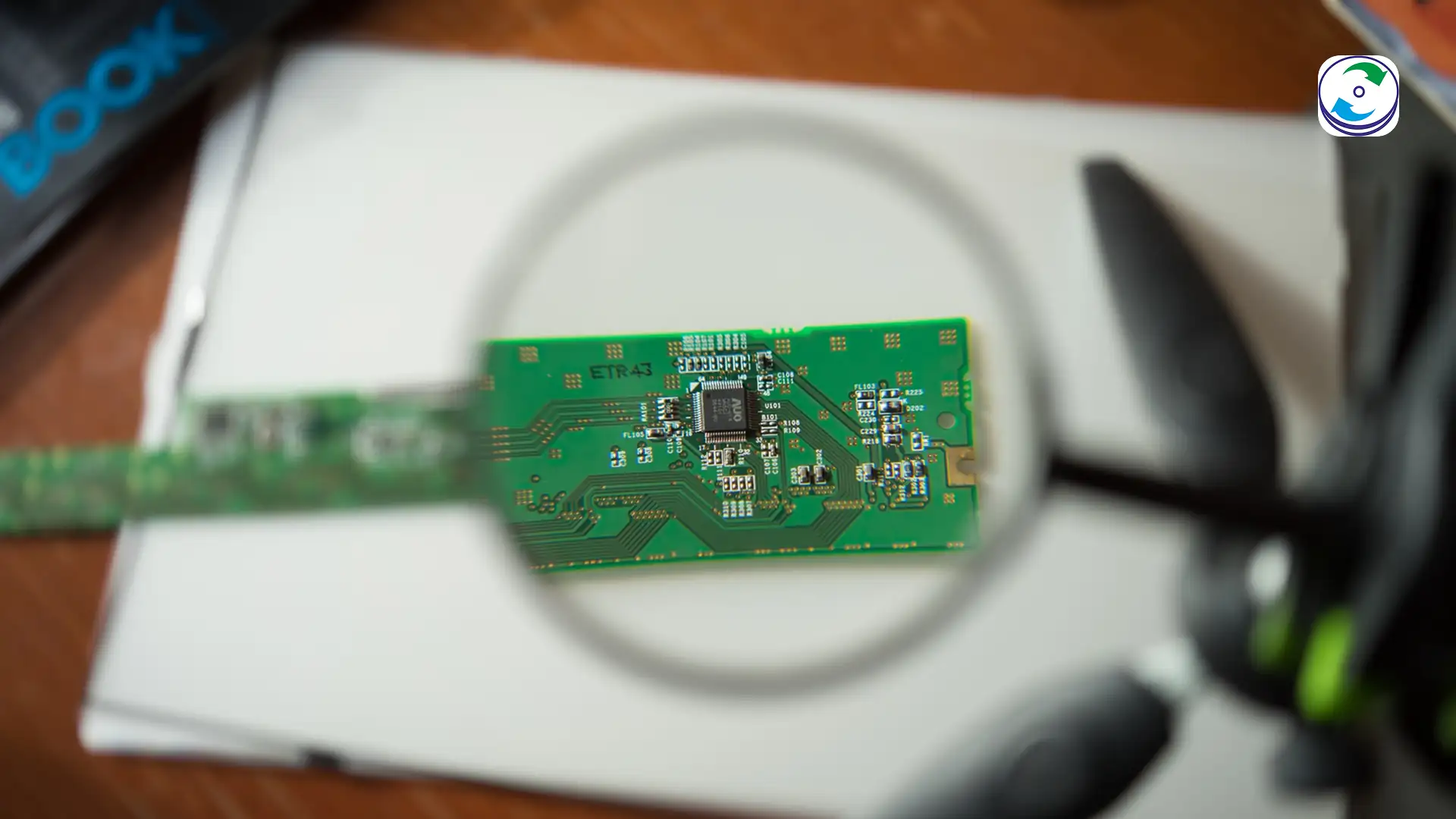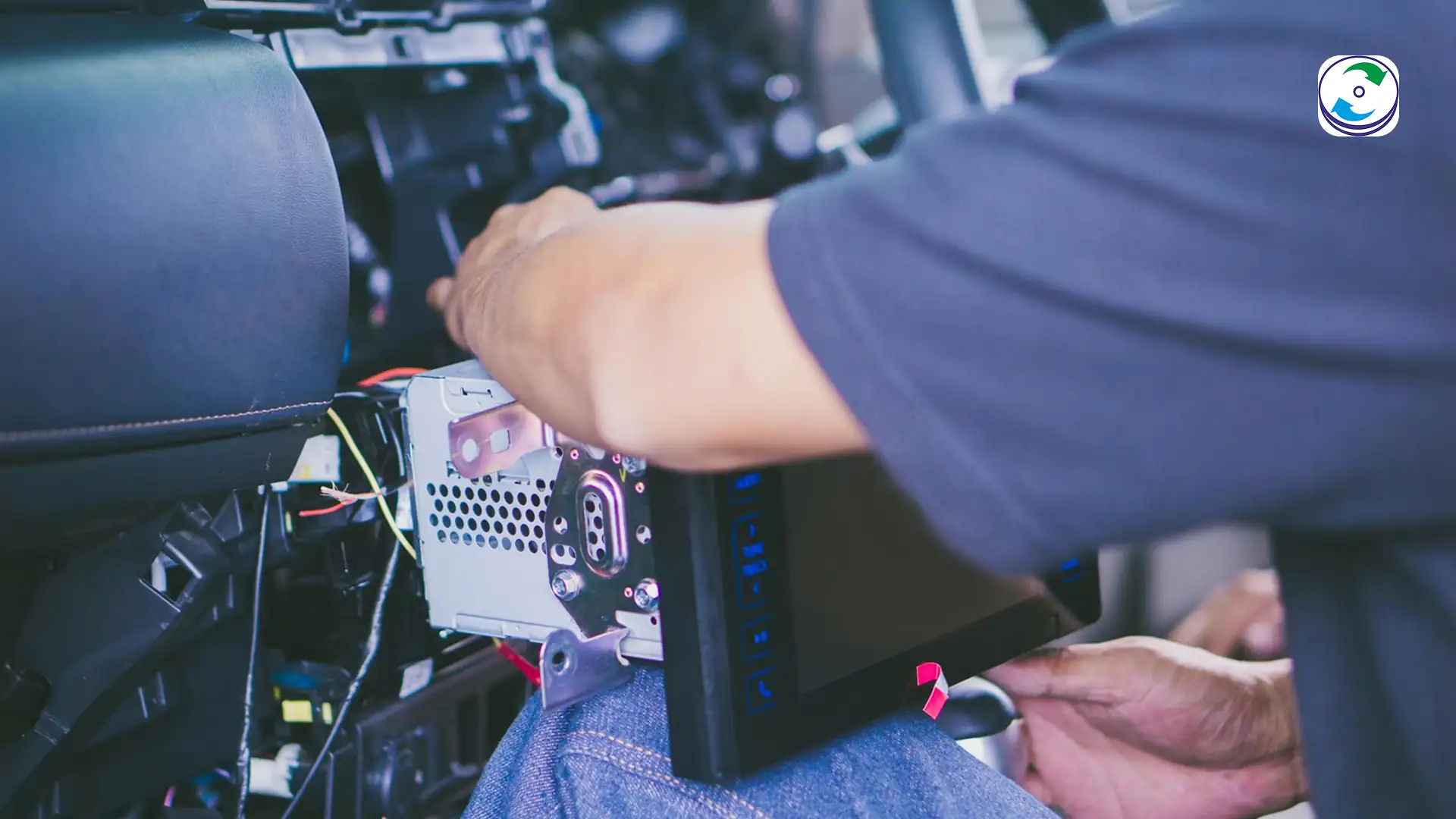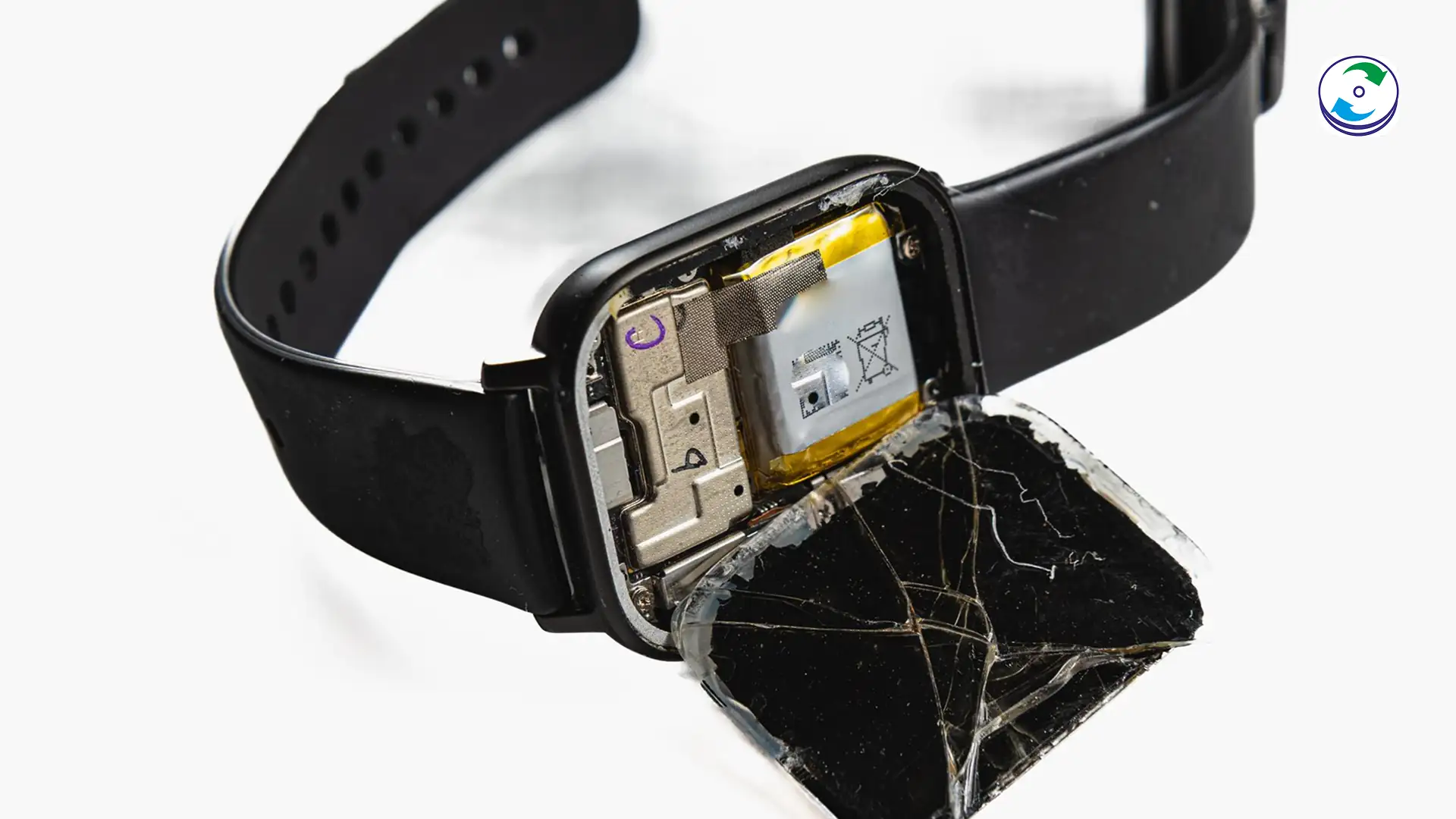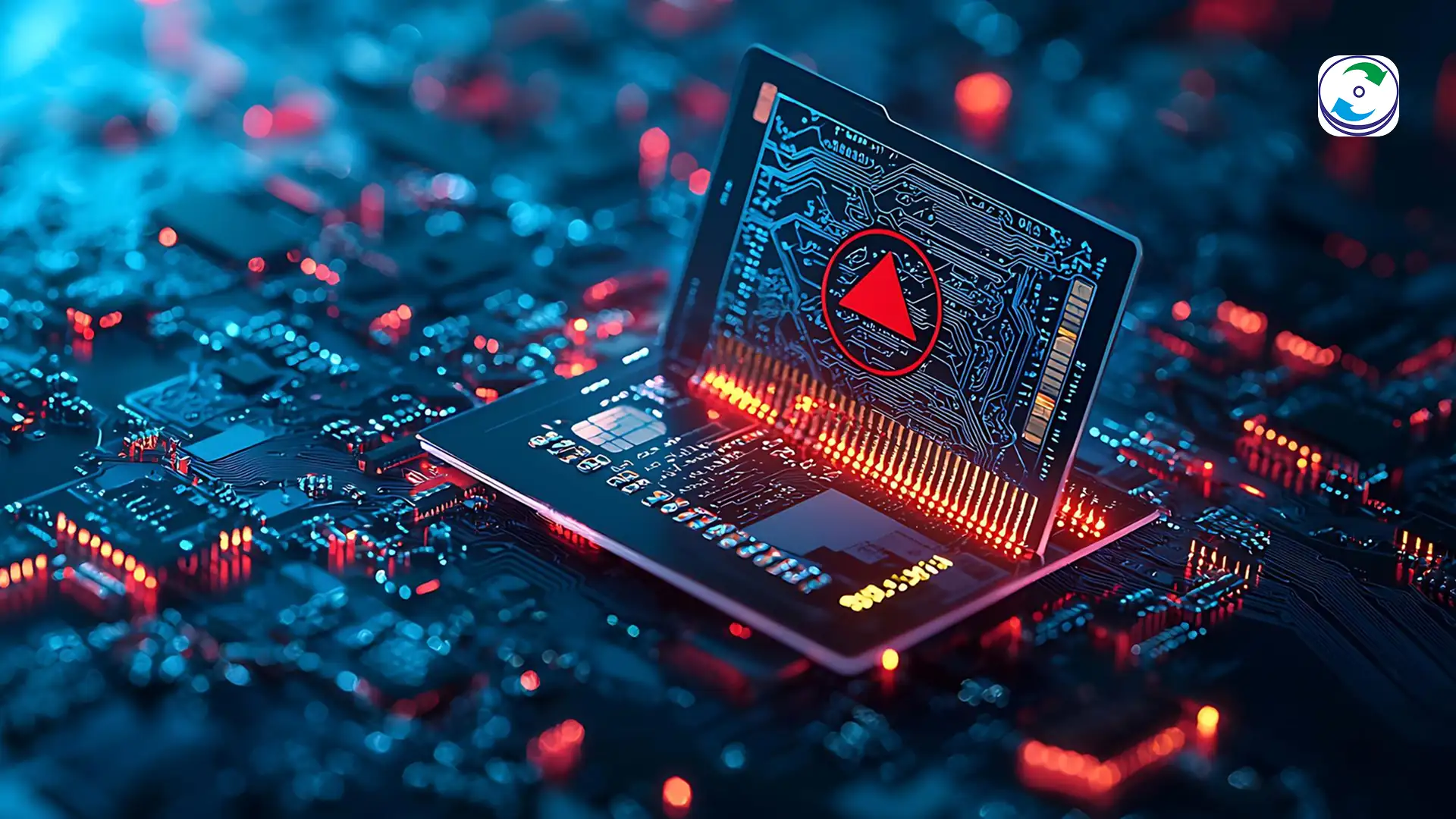The Indestructible Myth: What Happens When an SSD Fails, and Can You Recover Data?
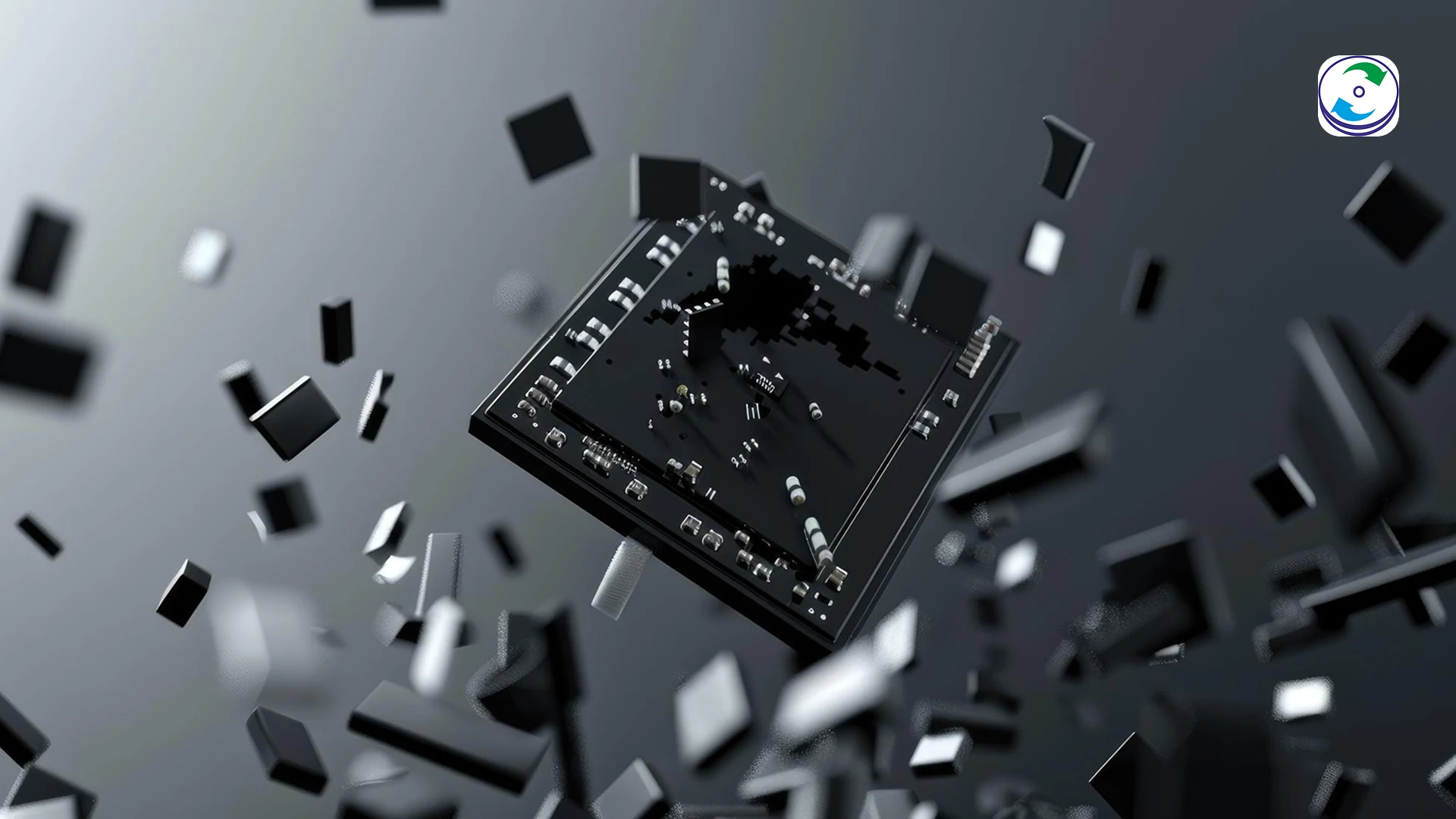
Introduction: The Invincible Myth of the SSD
In the world of computing, the Solid-State Drive (SSD) has become a symbol of speed, reliability, and durability. With no moving parts, they are a stark contrast to the old, whirring, and clicking Hard Disk Drives (HDDs). The common wisdom is that SSDs are virtually indestructible, making them the ultimate guardian of your data. The thought of an SSD failing seems almost impossible, a concern reserved only for those still using outdated mechanical drives.
This belief, however, is a dangerous myth. At DataCare Labs in Pune, we’ve seen countless failed SSDs come through our doors—devices that have died without warning, leaving their owners shocked and their data inaccessible. While an SSD may be immune to a head crash, it is far from invulnerable. In fact, when an SSD fails, the data recovery process is often more complex and challenging than with a traditional hard drive. This guide will dismantle the myth of the indestructible SSD, explain the different ways they fail, and detail why professional SSD data recovery is the only viable path to saving your data.
The SSD Advantage: Why We All Love Them
The reasons for the SSD’s dominance are clear:
- Blazing Speed: With no platters to spin or heads to move, SSDs offer nearly instant boot times and application loading.
- Durability: Their solid-state nature makes them highly resistant to physical shocks and drops, which would instantly kill a traditional hard drive.
- Silence: The absence of moving parts means they operate completely silently.
It is this durability that has led to the misconception of invincibility. People believe that since there is nothing to break, there is nothing to fail. Unfortunately, the reality is much more nuanced.
The Harsh Reality: How an SSD Actually Fails
An SSD may not have mechanical parts, but it is a complex piece of electronics with its own unique failure modes. Here are the most common ways an SSD can fail:
1. Controller Chip Failure
The controller chip is the brain of the SSD. It manages everything from data storage and retrieval to error correction and wear leveling. If this tiny, sophisticated chip fails due to a manufacturing defect, a power surge, or heat-related stress, the entire drive can become unresponsive. Your computer will no longer recognize the SSD, and all the data stored on the NAND flash memory chips will be locked behind a dead controller.
2. Firmware Corruption
Firmware is the internal operating system of the SSD. A bug in the firmware, a power failure during a firmware update, or a corrupted update can render the drive completely inoperable. The symptoms can range from the drive freezing to disappearing entirely from your system. This is a common failure point that can brick an otherwise healthy SSD.
3. NAND Flash Memory Wear-Out
SSDs store data in NAND flash memory cells. Each cell has a limited number of Program/Erase (P/E) cycles—the number of times it can be written to and erased before it degrades. While modern SSDs have sophisticated “wear leveling” algorithms to distribute writes evenly and extend the drive’s life, the cells will eventually wear out. When a cell wears out, it becomes a bad block. If too many bad blocks accumulate, the drive can fail and become unreadable.
4. Power Failure and Voltage Fluctuations
SSDs are particularly sensitive to power issues. An unexpected power loss while the SSD is writing data can corrupt the data being written, damage the controller, or even corrupt the SSD’s internal mapping tables, which track where all your data is located. A sudden power spike can also fry the SSD’s delicate circuitry, causing instant failure.
The Biggest Challenge: TRIM and Data Recovery
What makes SSD data recovery so fundamentally different and more difficult than HDD recovery is a command called TRIM.
- TRIM Command: This command allows the operating system to tell the SSD’s controller which blocks of data are no longer in use. The controller can then preemptively erase those blocks, preparing them for new data. This is a crucial feature that improves SSD performance and longevity.
- The Data Recovery Dilemma: The TRIM command operates almost instantaneously. When you delete a file on a functional SSD, the operating system sends a TRIM command, and the controller marks those blocks for erasure. The data is often gone in a matter of seconds or minutes, making it unrecoverable by standard software. Unlike an HDD, where deleted files remain until they are overwritten, a TRIM-enabled SSD actively “cleans up” the deleted data.
The Immediate “Do’s” and “Don’ts” of a Failed SSD
If your SSD has failed, your actions are critical. The wrong move can lead to permanent data loss.
- DO: Immediately power down the system. The less time the SSD is powered on, the better.
- DO: Do not attempt any DIY recovery software. This can trigger the TRIM command or overwrite data, making professional recovery impossible.
- DO: Disconnect the SSD and bring it to a professional data recovery service like DataCare Labs.
- DON’T: Do not attempt to reformat or reinstall your operating system.
- DON’T: Do not swap the SSD into another computer and run diagnostic software.
- DON’T: Do not freeze or heat the drive.
The Professional Solution: The Expert SSD Recovery Process
At DataCare Labs, we have specialized tools and expertise to tackle the unique challenges of SSD data recovery in our Pune lab.
- Bypassing the Controller: We have proprietary hardware and software that can bypass a failed controller chip and communicate directly with the individual NAND flash memory chips.
- Chip-Off Forensics: In cases where the entire PCB is damaged, we can use a “chip-off” process. This involves carefully desoldering the individual NAND memory chips from the SSD’s circuit board.
- Raw Data Extraction: The raw data is then read directly from each memory chip. This is a highly technical process that requires specialized equipment.
- Data Reconstruction: The final and most complex step is to reconstruct the data. The data on an SSD is stored in a heavily scrambled and interleaved format due to wear leveling algorithms. Our experts must meticulously reassemble the raw data fragments, correct for error codes, and rebuild the file system to restore the original files.
Conclusion: Trust the Experts, Not the Myths
The myth of the indestructible SSD is a dangerous one. While they are resilient against physical shock, they are susceptible to a wide range of electronic and logical failures that can be just as devastating as a hard drive crash. The added challenge of the TRIM command means that an SSD failure often requires a more delicate and complex recovery process.
Your data is not safe simply because it’s on an SSD. A robust backup strategy is paramount. And when an SSD does fail, don’t fall for the myth—rely on the expertise of DataCare Labs in Pune to perform a professional, non-destructive recovery and give your data the best possible chance of being saved.


